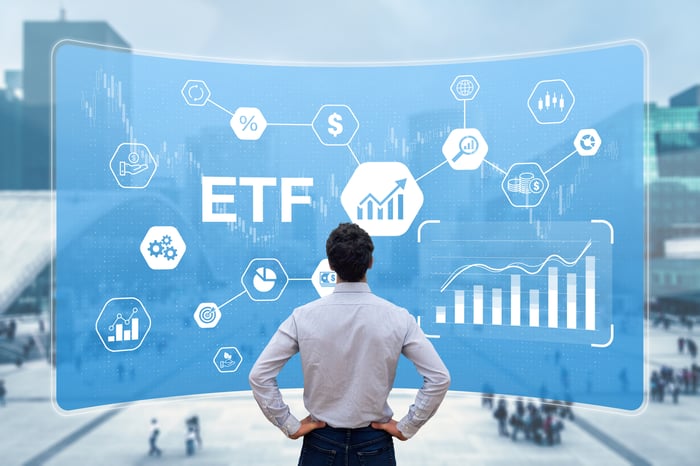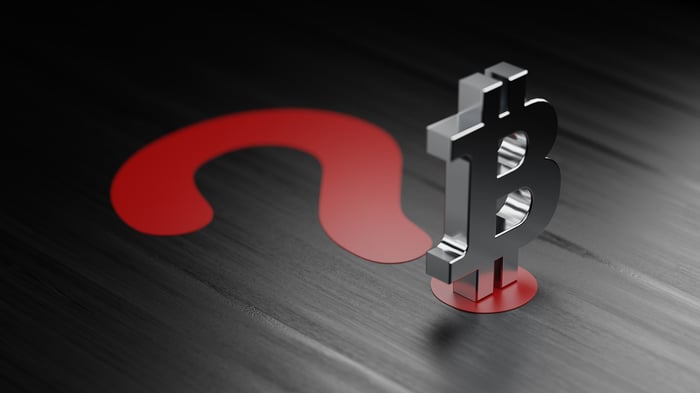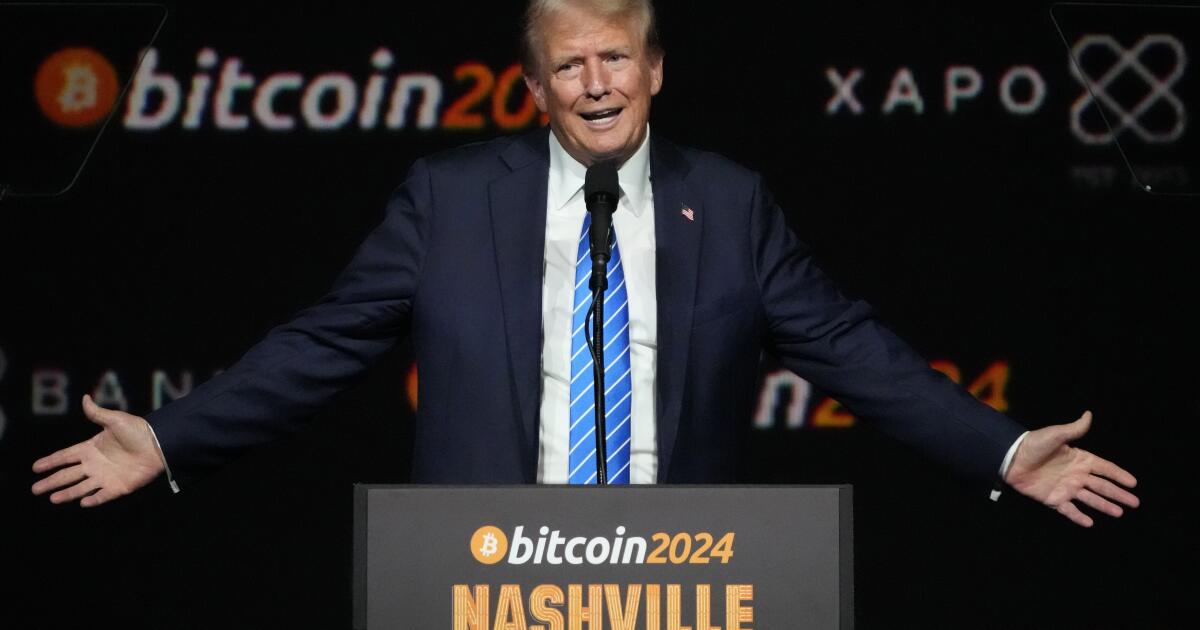3 Top Vanguard ETFs to Buy Right Now
These three exchange-traded funds (ETFs) offer straightforward market access with rock-bottom fees.
Exchange-traded fund (ETF) investing removes the guesswork from portfolio construction. Rather than researching dozens of companies and hoping your picks outperform, ETFs deliver instant diversification across hundreds or thousands of stocks with a single purchase. The costs stay low — often just a few dollars per $10,000 invested each year — and ETFs eliminate the mistakes that hurt individual stock pickers who panic during market drops or chase hot stocks at the wrong time.
Among fund families, Vanguard deserves special attention. Fund investors actually own the management company itself, which means Vanguard works for shareholders instead of outside profit-seekers. This setup keeps costs far below what most competitors charge. Lower costs mean more money stays in your account, and those savings add up to significantly higher returns over decades.

Image source: Getty Images.
Three Vanguard ETFs stand out as core holdings for investors building wealth over time. Here’s a brief overview of each fund and how it may fit into a well-diversified portfolio.
The everything U.S. stock fund
Vanguard Total Stock Market ETF (VTI 0.47%) tracks nearly 100% of the investable U.S. equity market through ownership of roughly 3,500 stocks spanning large-cap giants down to tiny specialists. The fund captures the full range of American business — from Nvidia powering the artificial intelligence (AI) revolution at 6.5% of assets to small regional banks and industrial firms that barely move the needle individually but collectively represent substantial economic activity.
The Vanguard Total Stock Market ETF sports an expense ratio of just 0.03% annually while delivering a 1.11% annualized yield and 14.7% average returns over the past 10 years. That outstanding performance reflects the advantage of owning everything rather than trying to pick winners.
Furthermore, the fund automatically adjusts as companies grow or shrink, ensuring Microsoft and Apple earn their positions through market performance rather than manager guesswork. For investors seeking one fund that covers the entire U.S. market, the Vanguard Total Stock Market ETF delivers complete coverage at rock-bottom cost.
The global diversification play
Vanguard Total International Stock ETF (VXUS 0.86%) covers what U.S.-only portfolios miss. The fund holds over 8,600 stocks from developed and emerging markets outside the U.S., creating exposure to economies and industries where American companies operate less.
Top holdings include Taiwan Semiconductor Manufacturing at 2.46% — the world’s leading chip manufacturer — along with Chinese tech giants Tencent and Alibaba, European leaders like ASML and SAP, and thousands of mid-sized firms across Asia, Europe, and Latin America.
The Vanguard Total International Stock ETF costs just 0.05% per year, delivers a 2.78% yield that runs well above most domestic funds, and has posted 8.4% average annual returns over the past 10 years. International stocks have trailed U.S. returns recently, but these markets trade at cheaper prices and offer diversification benefits when domestic momentum eventually reverses.
The fund’s massive holding count prevents too much concentration in any single company, while the higher yield provides current income that can be reinvested or spent. For portfolios weighted too heavily toward U.S. stocks, this fund provides geographic balance.
The technology concentration play
Vanguard Information Technology ETF (VGT 0.77%) narrows its focus to the main sector driving market returns — technology. The fund holds roughly 316 stocks classified under information technology — software, hardware, semiconductors, and IT services — with Nvidia, Microsoft, and Apple combining for about 44% of total assets. That concentration creates higher ups and downs but also captures the ongoing shift toward digital infrastructure, AI, and cloud computing that defines modern economic growth.
The Vanguard Information Technology ETF charges 0.09% annually, yields just 0.4% as tech companies reinvest cash into growth rather than paying dividends, and has delivered exceptional 23.4% average annual returns over the past 10 years. That performance reflects tech dominance — technology now makes up roughly 30% of the benchmark S&P 500, and this fund provides pure exposure without watering it down with utilities or consumer staples.
The risk comes from concentration. When tech sells off, this fund falls harder than diversified alternatives. But for investors who believe software continues taking over more industries and AI represents real change rather than hype, this fund offers direct access to the companies building that future.
George Budwell has positions in Apple, Microsoft, Nvidia, Taiwan Semiconductor Manufacturing, and Vanguard Information Technology ETF. The Motley Fool has positions in and recommends ASML, Apple, Microsoft, Nvidia, Taiwan Semiconductor Manufacturing, Tencent, Vanguard Total International Stock ETF, and Vanguard Total Stock Market ETF. The Motley Fool recommends Alibaba Group and recommends the following options: long January 2026 $395 calls on Microsoft and short January 2026 $405 calls on Microsoft. The Motley Fool has a disclosure policy.
